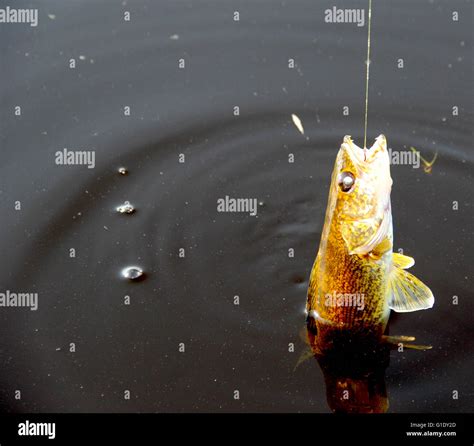The Art of Reeling: Techniques, Benefits, and Common Pitfalls
The art of reeling involves skillfully winding a line onto a spool or drum. It encompasses various techniques and practices, essential for fishing, construction, and other industrial applications. Understanding the principles and methods of reeling empowers individuals to harness its benefits effectively.
Techniques and Principles of Reeling
Spinning Reel:
- Involves a fixed spool that rotates as the line is retrieved.
- Suitable for lighter lures and lines, making it ideal for finesse fishing.
Baitcasting Reel:
- Features a spool that is free to revolve.
- Provides increased casting distance and accuracy, making it suitable for heavier lures and lines.

Trolling Reel:
- Designed specifically for trolling, a technique where lures are dragged behind a moving boat.
- Offers a large line capacity and smooth drag system.

Electric Reel:
- Powered by an electric motor, enabling effortless reeling.
- Ideal for deep-sea fishing or targeting large fish species.
Benefits of Reeling
-
Improved Fishing Efficiency: Effective reeling allows anglers to retrieve lures and lines quickly and efficiently, increasing the chances of catching fish.
-
Increased Casting Distance: Certain reels, such as baitcasting reels, facilitate longer casts, allowing anglers to reach distant fish or cover larger areas.
-
Enhanced Line Management: Reeling properly ensures the line is evenly distributed on the spool, minimizing tangles and preventing line breakage.
-
Effortless Retrieval: Electric reels eliminate the need for manual cranking, providing a more comfortable and fatigue-free fishing experience.
Stories and Lessons Learned
The Lost Fish:
- Scenario: An angler reels in a large fish but fails to apply sufficient drag. As the fish makes a sudden run, the line snaps, resulting in the lost catch.
- Lesson: Always adjust the drag according to the size and strength of the fish to prevent line breakage.
The Tangled Line:
- Scenario: After casting, an angler fails to reel the line taut. As the lure sinks, it creates slack in the line, which subsequently tangles around the reel's spool.
- Lesson: Reel the line in immediately after casting to eliminate any slack and prevent tangles.
The Broken Reel:
- Scenario: An inexperienced angler forces a jammed reel, causing the gears to break.
- Lesson: Never apply excessive force to a reel. If it becomes jammed, gently try to dislodge the obstruction or seek assistance from an experienced angler.

Tips and Tricks for Effective Reeling
-
Choose the Right Reel: Select a reel that matches the fishing style, line weight, and target species.
-
Practice Smooth Retrieval: Retrieve the line at a steady pace, avoiding sudden jerks or excessive speed.
-
Maintain Tension on the Line: Keep a constant tension on the line during retrieval to prevent slack and tangles.
-
Lubricate Regularly: Lubricate the reel's moving parts periodically to ensure smooth operation and longevity.
Common Mistakes to Avoid
-
Overloading the Reel: Avoid spooling the reel with too much line, as it can hinder casting and cause line breakage.
-
Using the Wrong Drag Setting: Set the drag too loose and the fish may escape; set it too tight and the line may snap.
-
Ignoring Backlashes: A backlash occurs when the line tangles on the reel. Avoid this by ensuring the line is spooled correctly and by using appropriate casting techniques.
-
Forcing a Jammed Reel: Never apply excessive force to a jammed reel. Gently attempt to remove the obstruction or seek assistance from a professional.
Comparison of Reel Types
| Reel Type |
Advantages |
Disadvantages |
| Spinning Reel |
Lightweight, easy to use, ideal for finesse fishing |
Limited casting distance, less control |
| Baitcasting Reel |
High casting distance, greater accuracy, suitable for heavier lures |
Requires more skill to master, prone to backlashes |
| Trolling Reel |
Large line capacity, smooth drag, perfect for trolling |
Bulkier, less versatile |
| Electric Reel |
Effortless retrieval, ideal for deep-sea fishing |
Expensive, requires a power source |
Conclusion
Reeling is an essential skill in fishing and other industrial applications. Understanding the different types of reels, their advantages, and techniques allows individuals to effectively harness its benefits. By avoiding common pitfalls and implementing proper practices, anglers can enhance their fishing efficiency, while professionals in construction and other industries can ensure smooth and efficient line management. With the right knowledge and techniques, the art of reeling empowers individuals to achieve their fishing or operational goals.
